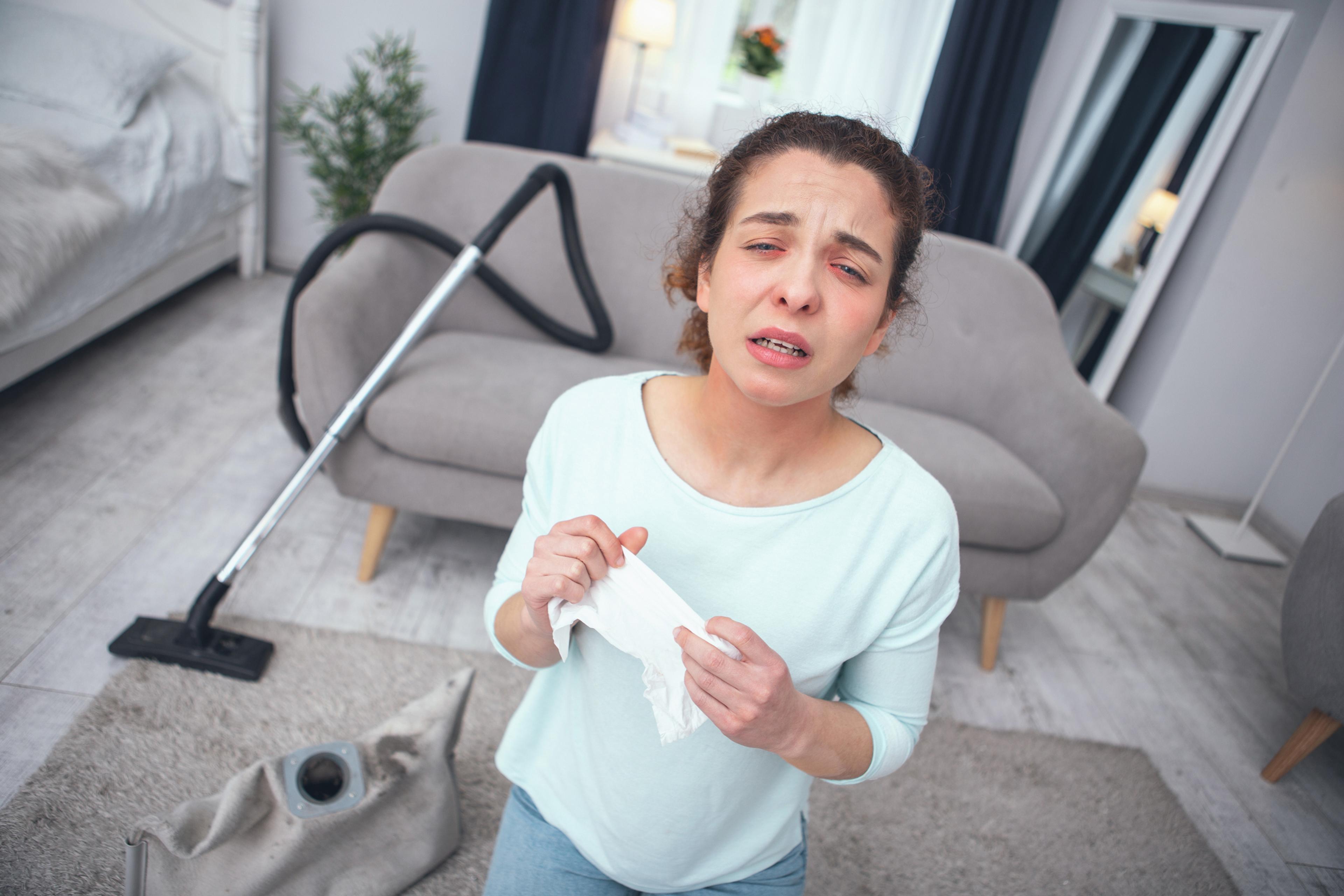Easy Ways to Reduce Indoor Allergens and Improve Air Quality
A Healthier Michigan
| 3 min read

Allergens are not limited to the outdoors and springtime weather. Allergens from pets, dust, or mold can easily find their way into your home and wreak havoc on your allergies or immune system. Learn how to identify how allergens are entering your home and take simple steps to take to them and improve the quality of the air.
How do allergens get into the house?
There are many ways allergens and irritants enter the home and cause issues for anyone with allergies, sensitivities, and respiratory issues. Most commonly, allergens collect on clothes and belongings while you are out of the house and are brought indoors. Open windows, poor air filtering, drying laundry outdoors, or pets are also common culprits for indoor allergies.
According to the American Lung Association, indoor allergies and air pollutants commonly include:
- particulate matter, such as dust, soil, food waste, etc.
- radon
- residential combustion, or the burning of fuel inside
- allergens such as dander and pollens
Ways to reduce indoor allergens
Individuals with hay fever or allergic asthma may experience year- round symptoms from common allergens in the home, according to the Mayo Clinic. Knowing this, it can then be easier to take the proper taking steps to improve the air quality in your home and isolate and the reduce allergens.
Learn more about usual ways allergens can be harbored indoors and steps to reduce indoor allergies:
HVAC systems and air filtration
Using air filters in your home’s heating and air conditioning systems is a key step to take to avoid indoor pollutants, according to the American College of Allergy Asthma and Immunology. For single rooms, the ACAAI recommends HEPA (high-efficiency particulate air) filters for indoor allergens. For whole-home systems the ACAAI recommends disposable filters with minimum efficiency reporting value, or MERV ratings, of at least 11 to 13.
Laundry room
Clean out your laundry filters after each load. Allergens and pet dander can build up if not filtered out and cause extended issues with allergies. Make sure to use scentless and hypoallergenic laundry products and read the labels of detergents and softeners you use to avoid irritants. Keep the laundry room cool and dry. Do not dry your clothes outside if you are prone to allergies.
Bedroom
Wash your sheets and blankets at least once a week to avoid the buildup of skin cells, dust and dust mites, and other irritants that can easily trigger allergies. Do not let pets sleep on or in your bed. If you use wool or down pillows or bedding, consider switching to a synthetic material that does not harbor allergens so easily. Clean blinds and curtains regularly. Do not sleep with the windows open.
Kitchen
Make sure your stovetop and oven are properly vented and filtered. Keep your kitchen counters and floor clean and dry. Do dishes and empty trash daily. Make sure to keep your refrigerator free of old food and keep it clean and dry.
Bathroom
Make sure your bathroom has properly vented air and does not allow moisture to sit or collect. Remove carpet or thick rugs, and make sure to wash rugs and curtains regularly. Make sure to keep your bathroom clean and dry. Clean and dry the shower or tub after each use. Clean your sink and toilet regularly.
Basements
According to the Mayo Clinic, basements and crawlspaces can be traps for allergens and irritants. Mildew and mold can easily grow in these dark, cool, and often damp spaces. Consider using a dehumidifier if you have a basement. Be mindful of thick, soft fabrics or upholstery kept in the basement and clean them regularly.
Image credit: Getty Images





